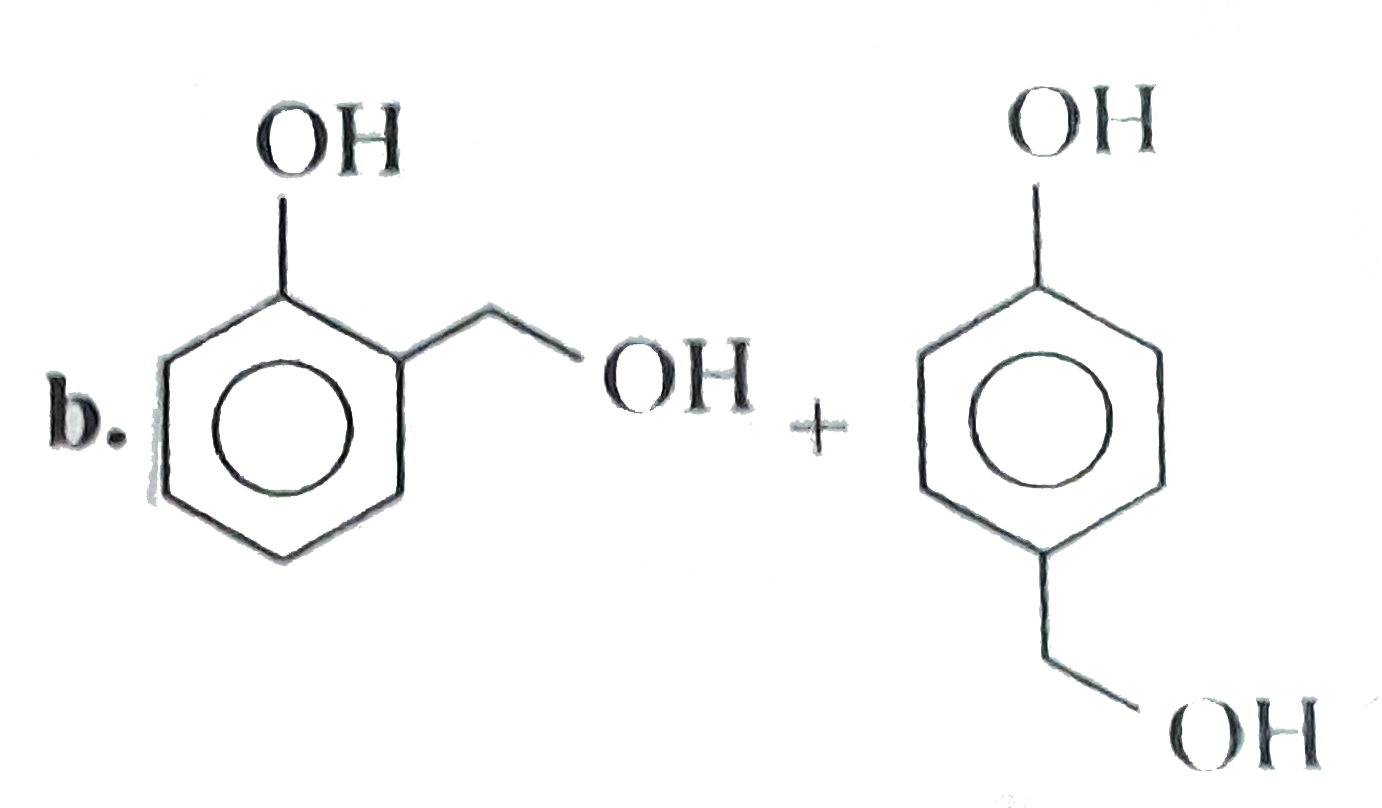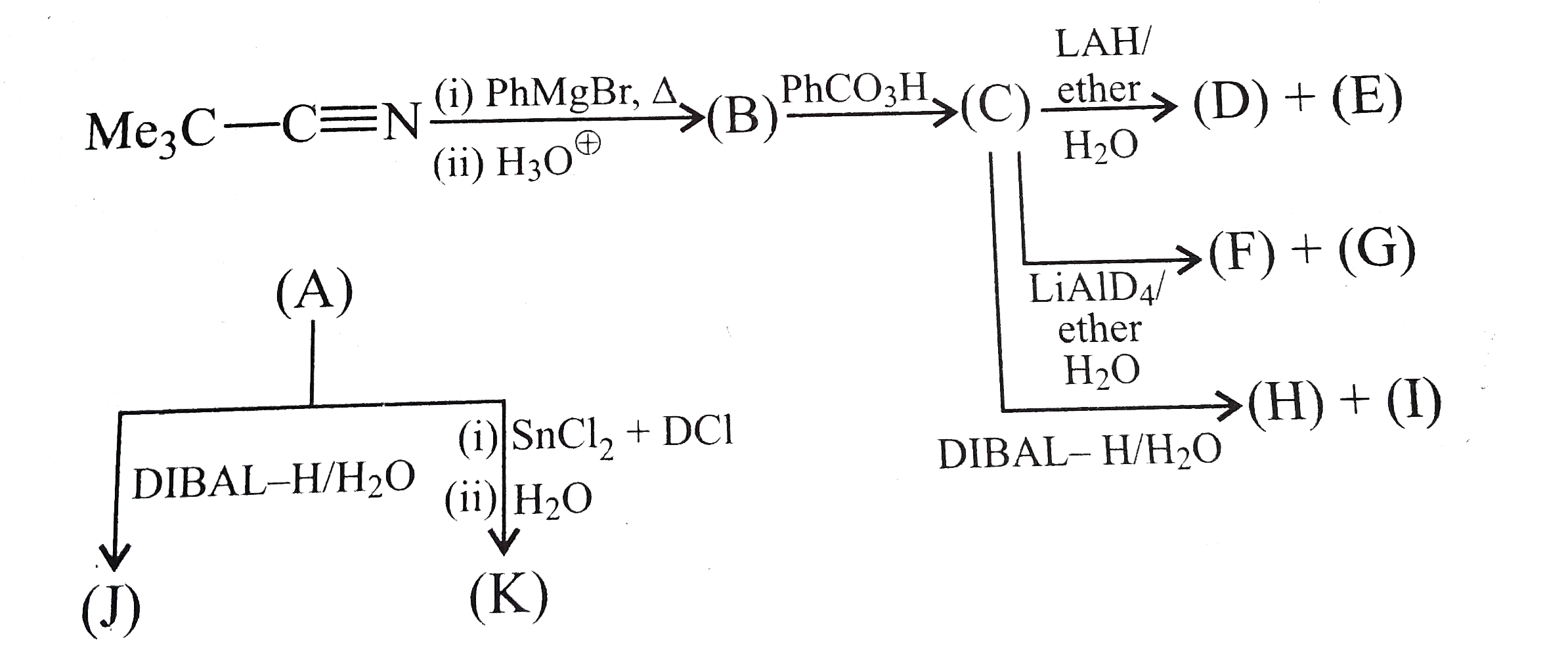
Compound (D) is :




The correct Answer is:d
Anti − addition of H,OH, and OH at C atom, accordind to Markovnikov's rule.
Topper's Solved these Questions
- ALKENES AND ALKADIENESBook:CENGAGE CHEMISTRYChapter:ALKENES AND ALKADIENESExercise:Multiple Correct Answer Type
Explore 41 Videos
- ALKENES AND ALKADIENESBook:CENGAGE CHEMISTRYChapter:ALKENES AND ALKADIENESExercise:Single Correct Answer Type
Explore 62 Videos
- ALKENES AND ALKADIENESBook:CENGAGE CHEMISTRYChapter:ALKENES AND ALKADIENESExercise:EXERCISES
Explore 29 Videos
- ALKANES AND CYCLOALKANESBook:CENGAGE CHEMISTRYChapter:ALKANES AND CYCLOALKANESExercise:Archives
Explore 13 Videos
- ALKYNESBook:CENGAGE CHEMISTRYChapter:ALKYNESExercise:Exercises (Archives - Analytical and Desriptive Type)
Explore 4 Videos
Similar Questions
Match each of the following four structures with one of the compound A-D on the basis of the following experimental facts
Compound (A),(B) and ( C ) are optically active, but compound (D) is not
Compound (C ) gives the same products as compound (D) on treatment with periodic acid, But compound (B) gives a different product.
Compound (A) does not react with periodic acid.

Compound A-D are respectively?
View SolutionWhen an oxide of manganese (A) is fused with KOH in the presence of an oxidising agent and dissolved in water, it gives a dark green solution of compound (B). Compound (B) disproportionates in neutral or acidic (C ) oxidises potassium iodide solution to a compound (D) and compound (A) is also formed. Identify compounds A to D and also explain the reactions involved.
View Solution
Knowledge Check

The compounds (D) is:Aa. Bb.
Bb. Cc.
Cc. Dd.
Dd.

Compound (C ) and(D) are:A B
B C
C D
D

The compounds (D) and (E ) are:AEnantiomersBDiastereomersCGeometrical isomersDPositional isomers
(A)(Dark purple almost black)Δ−−→(B)(Green)+(C)(Black)+(D)
Find the number of correct statements:
(a) Compound B is K2MnO4
(b) Compound C is MnO2
(c) Compound D is O2
(d) Compound B is paramagnetic in nature
(e) Compound D has two unpaired electrons in bonding molecular orbital
View SolutionThe compound (C) is changed into a compound (D) when its aqueous solution is boiled.
View Solution
The compounds (D) and (E) respectively are:
View Solution
The compounds (D) and (E ) are:
View SolutionFollow the given sequence of reaction :

The compound [D] shows:
View Solution

